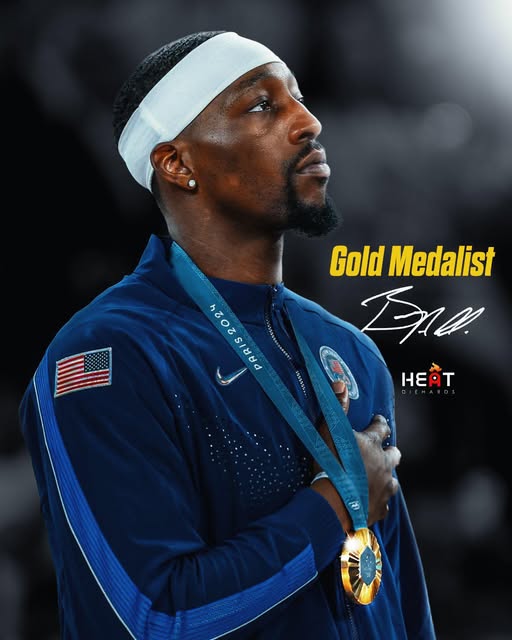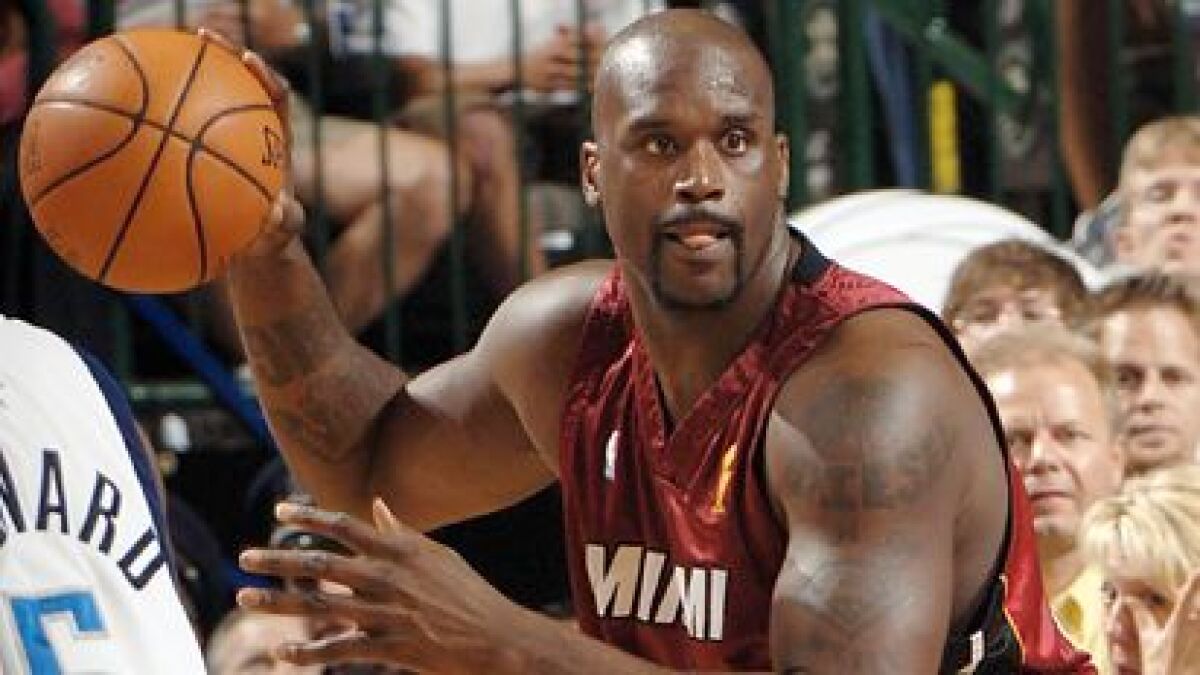Edmonton Oilers Ranked Eighth in NHL for Spending Efficiency, Raising Questions About Future Value and Salary Growth
In an era where every dollar counts for National Hockey League teams, the Edmonton Oilers have emerged as a surprising standout in terms of spending their money wisely. According to Dom Luszczyszyn, a renowned hockey analytics expert at The Athletic, the Oilers rank eighth in the entire NHL when it comes to the future value they are getting from their contracts. This ranking is not about what players have already accomplished on the ice; rather, it is a forward-looking assessment that factors in age, comparable player performance, and expected salary growth — a fresh and nuanced approach to evaluating team payrolls.
The premise behind Luszczyszyn’s analysis is simple but profound: past achievements, no matter how impressive, hold little merit in assessing a contract’s true worth. Instead, the value lies in the potential future contribution relative to what the team will be paying in the coming years. By factoring in player comps — comparing current contracts with similar players at comparable stages in their careers — and adjusting for age-related decline or improvement, Luszczyszyn’s model attempts to forecast how well each team is positioned for sustainable success.
The Edmonton Oilers’ eighth-place ranking in this model might come as a surprise to some fans and analysts who have often debated the club’s roster construction and salary cap strategy. Known for harboring star talents like Connor McDavid and Leon Draisaitl, the Oilers have been scrutinized for the large contracts handed out to these marquee players. However, Luszczyszyn’s evaluation suggests that despite the high salaries, the Oilers have managed to secure deals that provide strong future value, especially when considering the expected salary trajectory and the players’ projected production.
This approach to assessing team contracts marks a shift from traditional metrics that tend to emphasize historical performance or headline salaries alone. In today’s NHL, where salary caps limit spending flexibility and competitive balance is fiercely contested, teams need to be strategic not just about how much they pay, but about how that payment translates into future wins. Luszczyszyn’s forward-looking model challenges teams to think beyond the present and evaluate contracts through the lens of longevity, salary inflation, and comparables, a practice that could redefine how front offices approach contract negotiations.
The Oilers’ ability to place so highly in this ranking speaks volumes about their management’s strategic acumen. It highlights a balance struck between rewarding elite talent and maintaining roster flexibility. For instance, McDavid and Draisaitl, while commanding top dollar, are signed under contracts that, based on performance comps, are expected to deliver substantial value over their lifespans. Meanwhile, supporting players’ deals have been structured with future value in mind, avoiding the pitfalls of long-term commitments to players whose performance may decline sharply.
Luszczyszyn’s comment that “what players have already done holds no merit” is a critical takeaway. This statement forces hockey fans and analysts to reconsider how contracts are evaluated. Too often, contracts are justified by past accomplishments, emotional attachments, or media narratives. Yet, the brutal reality of professional sports is that value is generated by future performance relative to cost. By applying advanced analytics and a data-driven approach, Luszczyszyn offers a framework that prioritizes future outcomes and salary growth projections, enabling teams to optimize their spending in a highly competitive environment.
Moreover, this analytic perspective offers insights into how teams can avoid salary cap pitfalls. Aging players with declining performance can become burdensome if their contracts do not reflect the decrease in their on-ice contributions. Teams that fail to anticipate these trends may find themselves trapped with overpaid veterans, limiting their ability to improve through trades or free agency. Conversely, those who align contracts with realistic projections can maintain cap flexibility, enabling sustained competitiveness.
For the Edmonton Oilers, being eighth in this forward-looking spending efficiency ranking not only reflects well on current management but also serves as a foundation for future success. In a league where parity is prized and playoff contention can hinge on minute differences in roster construction, this kind of fiscal prudence could be the difference between a team that contends consistently and one that struggles to keep pace.
Yet, the ranking also invites scrutiny and ongoing debate. How sustainable is the Oilers’ contract strategy? Will their star players maintain or exceed expected production? Are there hidden risks in some of the longer-term deals that could shift this balance? Luszczyszyn’s model accounts for many variables but, like all projections, remains sensitive to unforeseen developments such as injuries, changes in playing style, or shifts in team dynamics.
Still, the Oilers’ placement in the top ten for spending efficiency is an encouraging sign for their fans and stakeholders. It suggests a front office that is thinking carefully about the future, balancing the need to pay elite talent with the imperative to build a competitive roster over the long term. It also provides a data-backed reassurance that the significant financial investments made in the team’s core players are, according to current models, likely to yield a strong return on investment.
In conclusion, Dom Luszczyszyn’s analytic insight into NHL contract value offers a compelling narrative about the Edmonton Oilers’ spending strategy. By ranking them eighth in the league for spending money wisely, he spotlights an organization that is not merely reacting to past success but is proactively shaping its financial future. This ranking challenges traditional evaluations and underscores the importance of forward-looking metrics in a salary-cap-driven league. For the Oilers, it is a testament to smart contract management and a beacon for future roster planning, potentially setting the stage for sustained success in a fiercely competitive NHL landscape.



